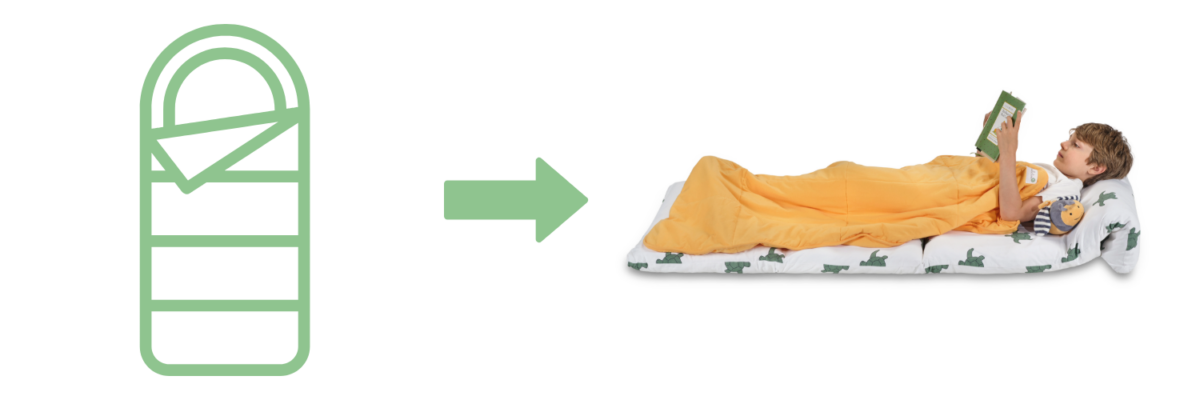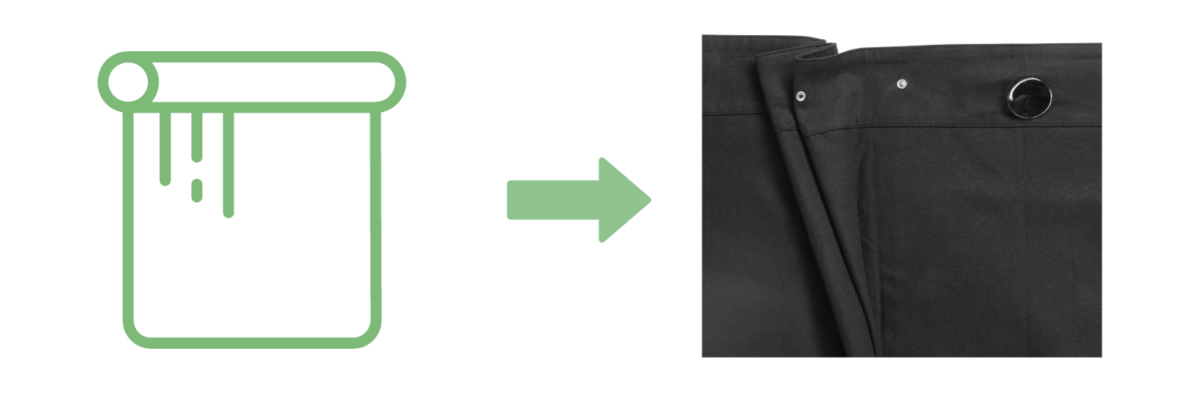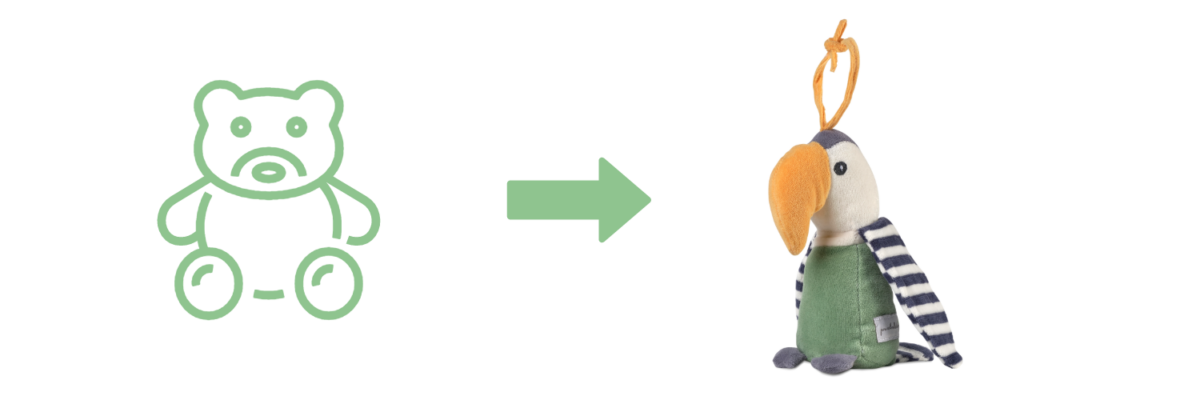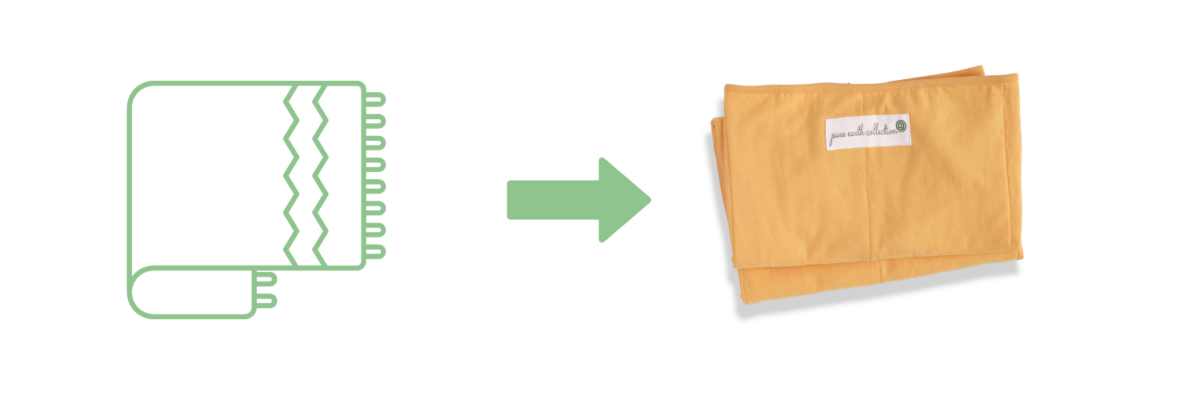Welcome to National Clean Air Month! Did you know that indoor air pollution is up to 600% worse than outdoor air pollution? Shockingly, around 36,000 people in the UK die annually due to air pollution, with children being at higher risk. As indoor air pollution is largely caused by the products and furnishings we bring into our home, it’s largely within our control to reduce this in our own households. So this month, let’s dive into understanding indoor air pollution and look at practical solutions to create a healthier environment for our families.
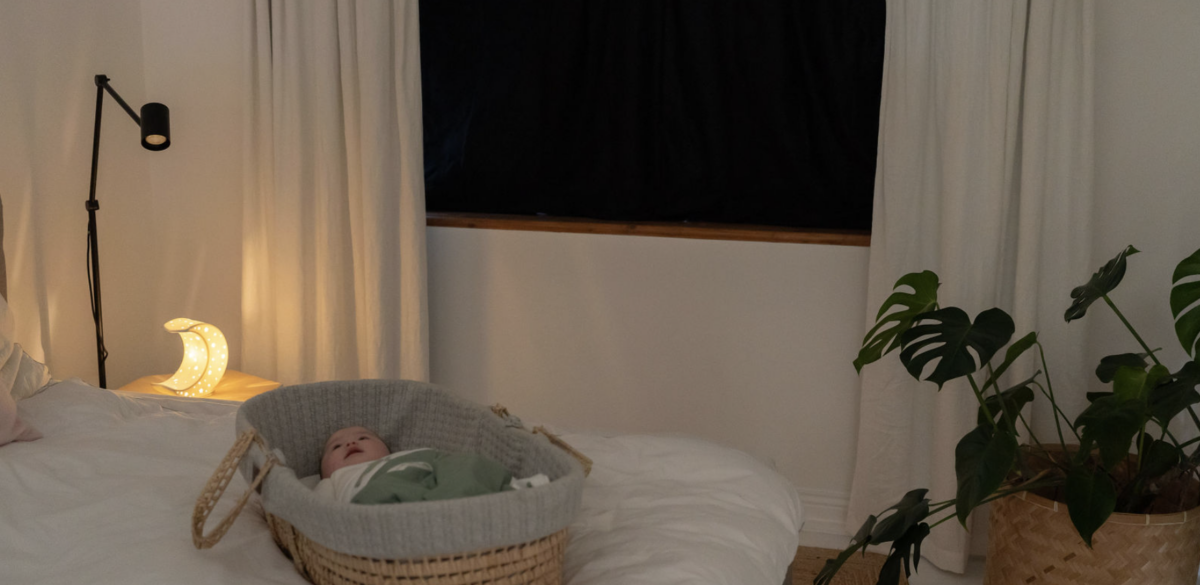
Understanding Indoor Air Pollution
Indoor air pollution stems from various sources, including chemicals, microplastics, mould, and dust. Chemicals from everyday items like cosmetics and furniture release harmful gases into the air, contributing to poor indoor air quality. Formaldehyde, for example, found in fabrics and cleaning products, is a known carcinogen. Additionally, flame retardants in furniture, synthetic foams and electronics and phthalates in plastics pose a variety of health risks, including hormone disruption, especially to children.
Microplastics, commonly found in synthetic fabrics, further degrade indoor air quality. Airborne microplastics can be up to 22x times higher in a child’s bedroom compared to other areas of the house, which is a direct result of children’s products so often being made from microplastic shedding fabrics. These pollutants are inhaled daily, potentially leading to future health complications.
Practical Solutions
To combat indoor air pollution, consider the following tips:
- Opt for cotton or natural fabric clothing and toys for kids.
- Swap synthetic home textiles for wool carpets, cotton curtains and natural fabric upholstery.
- Use chemical-free cleaning products and avoid synthetic foams.
- Opt for stainless steel or cast iron cookware instead of non-stick pans.
- Seek non-toxic options for nursery and household furniture, avoiding MDF woods and other materials which contain formaldehyde-heavy glues.
- Soak fabrics in castile soap and water for 24 hours before washing to reduce flame retardant chemicals, formaldehyde and phthalate exposure.
- Regularly dust and vacuum your home to reduce microplastics and the build up of chemicals.
- Open windows daily and invest in indoor air filters and purifiers.
Creating a Healthier Home this National Clean Air Month
By implementing these simple changes, you can significantly improve indoor air quality and create a safer environment for your family.
Remember, small changes can make a big difference in improving indoor air quality and safeguarding your family’s health.
This National Clean Air Month, let’s take proactive steps to reduce indoor air pollution and promote a healthier home environment. Together, we can breathe easy and safeguard the well-being of our loved ones.
Toxic To Pure Swaps
Conventional versions of household items often contain harmful VOCs (volatile organic compounds) and microplastics, which contribute to poor indoor air quality. Our products are crafted with natural materials, free from VOCs and microplastics, ensuring a safer and healthier indoor environment for you and your family.
Explore Pure Earth collection’s range of products for low tox swaps to help enhance air purity:
